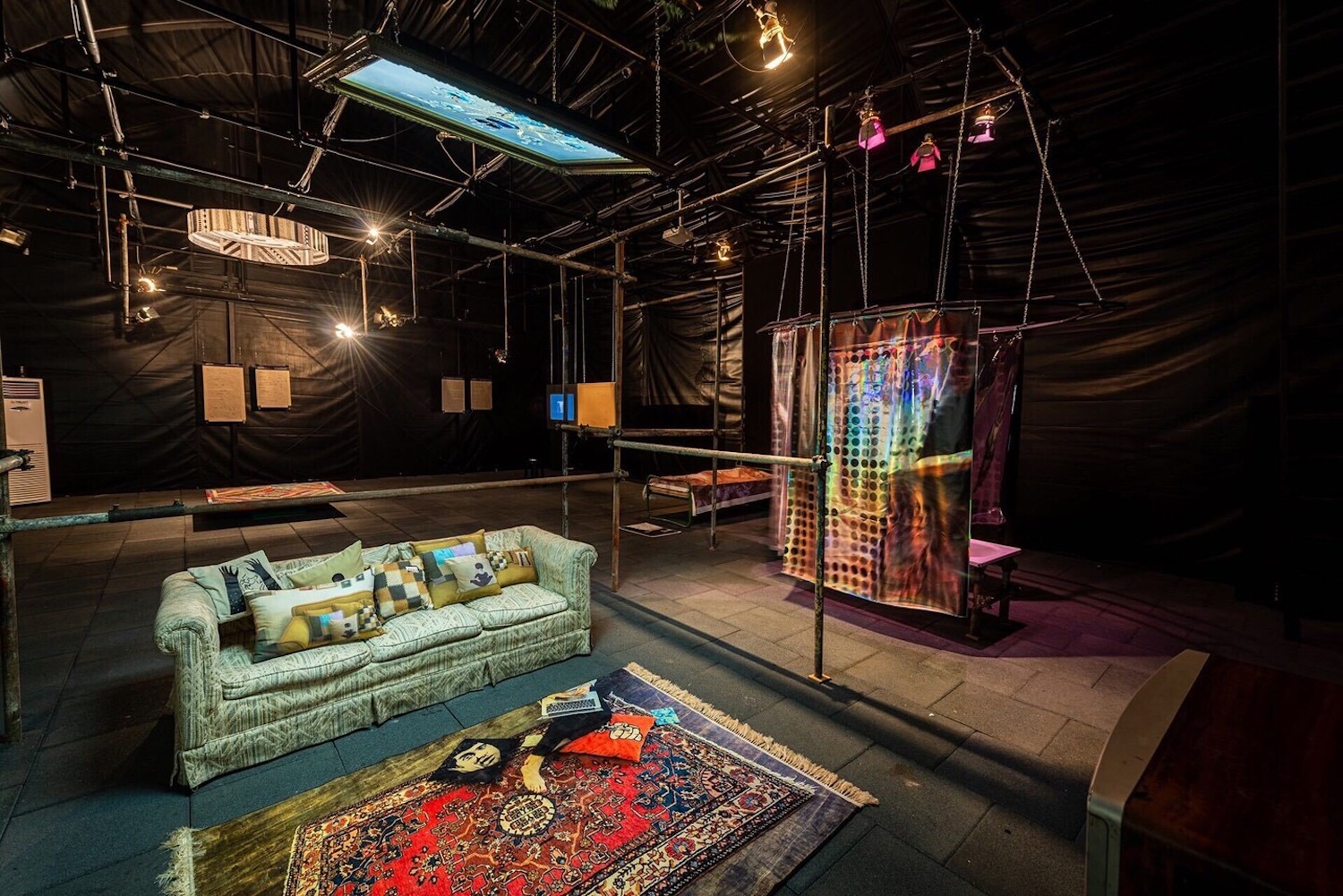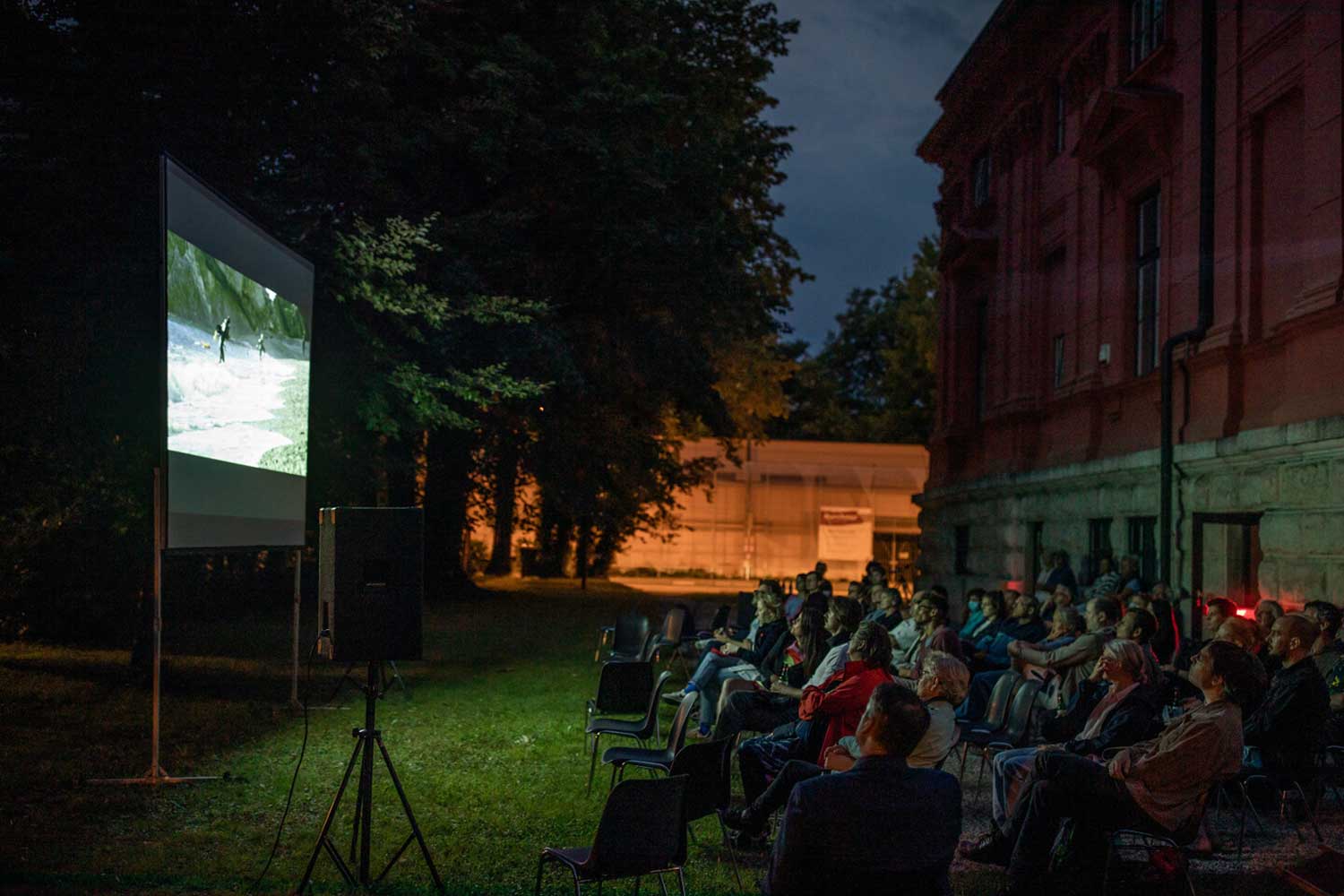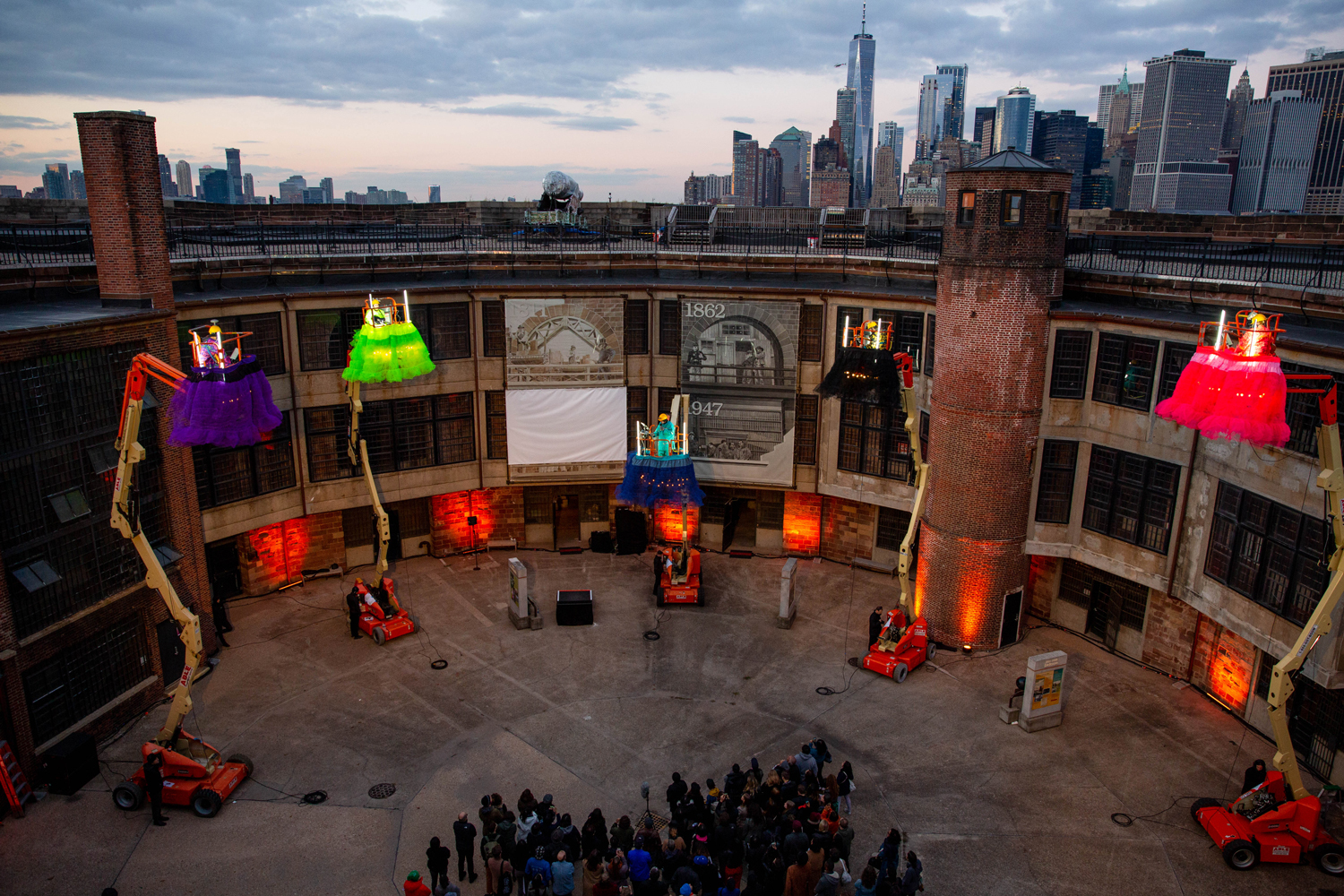
Best Show in a commercial gallery
Alice Neel’s early paintings at David Zwirner (New York City) was an outstanding show. This small collection of work dating from the 1930s to 1940s expanded on the marvelous Metropolitan Museum retrospective and, coupled with the work of Beauford Delaney on view at Michael Rosenfeld Gallery offers a captivating point of entry to an historical moment. Their unique practices, personal biographies, and similar approaches to expressiveness and formal issues suggest a dialogue about painting that we can only hope will be further explored.
Best Show in a museum
“Un-Charting” by artist Tali Keren, curated by Jova Lynne and presented at MoCAD, was based on historical research about the roots of western Evangelicals. The video installation offered an ancient yet futuristic vision, that was both shaped by and allowed for settler colonialism, to foster institutionalized erasure of Palestine in Israel-Palestine. The use of 3D animation, irony and biblical references presented through a gaze that is skeptical of traditional landscapes offered a much needed critique on the imperial imagination that shaped that region.
I also have to mention Lorraine O’Grady “Both/And” (organized by Catherine Morris, Aruna D’Souza with Jenée-Daria Strand), at the Brooklyn museum which showcased her conceptual and text based brilliant practice along with her better known photography. Her thoughtful, outstanding practice made for an equally outstanding exhibition.
Best Show in a Nonprofit Space
New Red Order’s “Feel at Home Here” at Artists Space (New York City). I loved pretty much everything about this show. NRO are “a public secret society of rotating membership, including core contributors Adam Khalil, Zack Khalil, and Jackson Polys.” This exquisite collaboration birthed a funny, important, timely and sometimes appropriately ghoulish commentary on the inheritances of musicological display, the visual rhetoric’s of advertising and marketing, land appropriation, and the desire for indigeneity.
Best Virtual Show or Best Virtual Art Experience + Best NFT
“FREEPORT” by Peter Wu at Epoch Gallery.
2021 was a year of digital fatigue which made me less enthusiastic in general about “virtual art experiences.” That said, “Freeport,” modeled after the Luxembourg Freeport, unpacked surveillance capitalism and explored possible equitable models of finance. It offered a unique concept for Non Fungible Token built on an ecological and sustainable model. The entire show was offered as a single NFT containing a compilation of artworks by the participating artists. I was particularly mesmerized by Neil Beloufa’s freepost song, Alice Bucknell’s “Swamp City Promo” and Amanda Ross-Ho “Untitled Imposter, En Verso (theater tragedy red marble).”
Best Film
Three films that, taken together, allow for a thicker understanding of the Israeli occupation of Palestine are my most notable for the year. The Knee by Nadav Lapid speaks to the reproduction of trauma, state led silencing and the evolution of self-censorship; The First 54 Years: An Abbreviated Manual for Military Occupation, directed by Avi Mograbi is a tantalizing look into state policies and institutional erasure; and the Award-winning filmmaker Julia Bacha’s recently premiered documentary Boycott, examines the evolution of freedom of speech in America in relation to anti-boycott legislation.
Best TV Series
Is the remake of Bergman’s Scenes from a Marriage on HBO.
Directed by Hagai Levi, the contemporary adaptation of the classic Swedish series of the same name is a complex and profound renegotiation of intimacy and contemporary marriage. Although the plot is known from the start, the series is worth watching not for narrative disclosure but because it is painful yet enjoyable, beautiful and heartbreaking.
Best Reading
I learned about No One′s Witness, A Monstrous Poetics by Rachel Zolf from the artist James Allister Sprang whose artwork adorns the cover. This book, that I carry around with me, is a radical combination of poetry and theory. It draws from black studies, continental philosophy, queer theory, and experimental writing in order to speak to the im/possibility of witnessing. It discusses the limits of witnessing, through an exilic position that is outside of the sovereign individual, informed by the no-thingness that has been historically ascribed to blackness. Its superb writing demonstrates language’s need to change in order to register the aftermath of obliteration.




